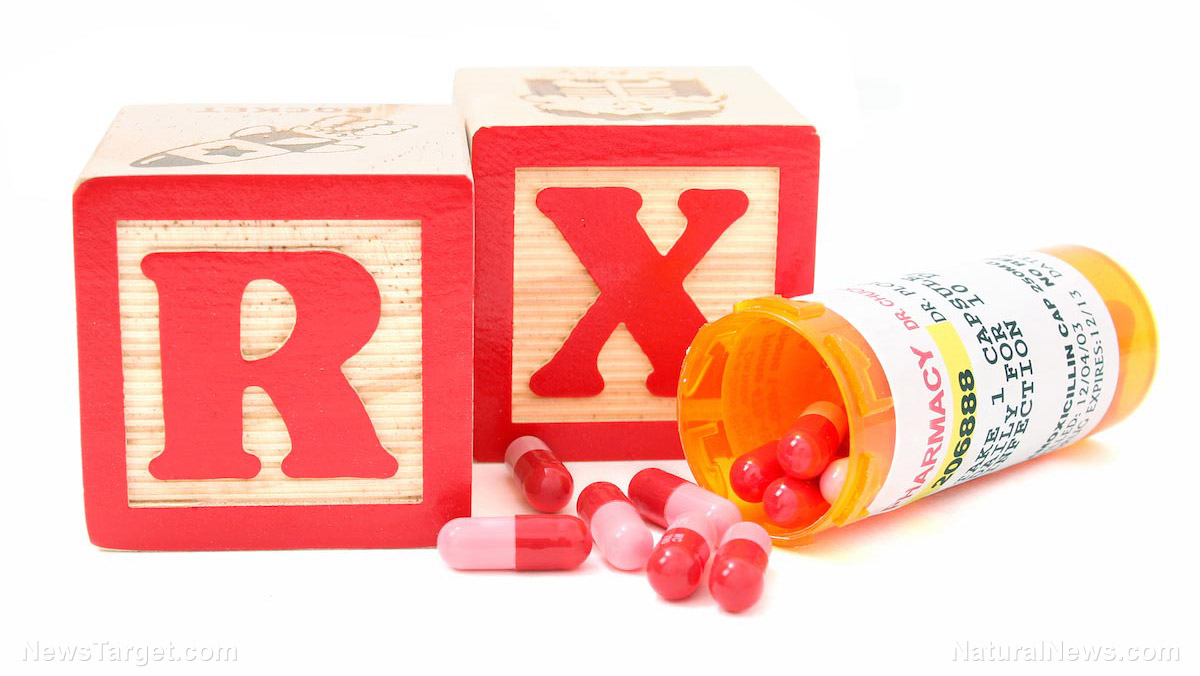VENOM NATION: Shocking number of Americans have tried Gila monster venom-based weight loss drugs
05/20/2024 / By Cassie B.

A new poll reveals that a shocking percentage of Americans are taking risky Gila monster venom-based weight loss drugs.
According to the latest KFF Health Tracking Poll, one out of every eight adults in the U.S. has used one of the trendy GLP-1 agonist weight loss and diabetes drugs, such as Ozempic and Wegovy.
This class of drugs is based on compounds in the venom of Gila monsters, a type of small Southwestern lizard that happens to be the only venomous type of lizard found in America. Researchers discovered in the early 1990s that they have a special hormone in their venom that can control hunger and slow digestion.
GLP-1 agonists work by imitating a hormone known as GLP-1 that is naturally produced by the body and secreted from the small intestine to trigger the release of insulin while slowing stomach emptying and blocking glucagon secretion. It can also help people feel fuller after eating by impacting the parts of the brain responsible for processing satiety and hunger signals.
The poll found that roughly 6% of all American adults are currently taking one of these medications, which amounts to 15 million people.
When it comes to motivation, 39% of Americans are taking these drugs for a chronic condition such as diabetes, while 38% are taking them to lose weight. The other 23% are taking them for both weight management and chronic condition management.
According to the poll, one out of every five adults in the 50-to-64 age range said they have taken a GLP-1 drug at some point, making this the age group with the highest proportion of individuals who has done so. Among younger adults taking these drugs, a higher share is doing it for weight loss purposes compared to those in the older age bracket.
The poll also found that more than half of adults who have taken these drugs struggle to pay for them., with one out of every five saying that it was “very difficult” to afford them. Novo Nordisk’s Ozempic has a list price of $935 per monthly injection, while a 28-day supply of Wegovy costs $1349 without health insurance.
The popularity of the drugs among celebrities has caused a surge in interest in them, with 32% of American adults reporting that they have heard “a lot” about them – a significant rise over the 19% who said the same last July.
GLP-1 agonists have some scary potential side effects
The drugs are raking in the profits as many Americans look for a quick fix to their weight problems, and while some argue that weight loss brings with it a reduction in weight-related health issues, the tradeoff can be quite high as some people are experiencing serious side effects from these drugs.
Although the packaging warns of common issues like nausea and vomiting, more serious complications are being reported as more and more people start taking these medications. These include pancreatitis, a type of inflammation of the pancreas that can be painful and chronic, and intestinal blockage, which is serious and sometimes fatal.
Another side effect many people have been experiencing is stomach paralysis, also known as gastroparesis. It occurs when the stomach takes too long to empty and can be lifelong. Some patients have already started filing lawsuits against the drug makers for failing to warn about these serious adverse effects.
The FDA is also looking into reports of side effects such as suicidal thoughts and hair loss. The American Society of Anesthesiologists issued an official recommendation that people stop using these drugs for a week before undergoing surgery due to the higher risk of pulmonary aspiration of gastric contents while under deep sedation or general anesthesia. European regulators are also investigating the risk of suicidal thoughts in patients taking these medications.
Sources for this article include:
Submit a correction >>
Tagged Under:
Big Pharma, chemical violence, conspiracy, deception, GLP-1 agonists, health science, insanity, men's health, Ozempic, pharmaceutical fraud, poison, Prescription drugs, slender, toxic ingredients, venom, Wegovy, weight loss, women's health
This article may contain statements that reflect the opinion of the author
RECENT NEWS & ARTICLES
COPYRIGHT © 2017 INGREDIENTS NEWS




















